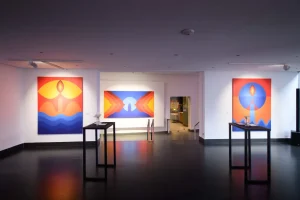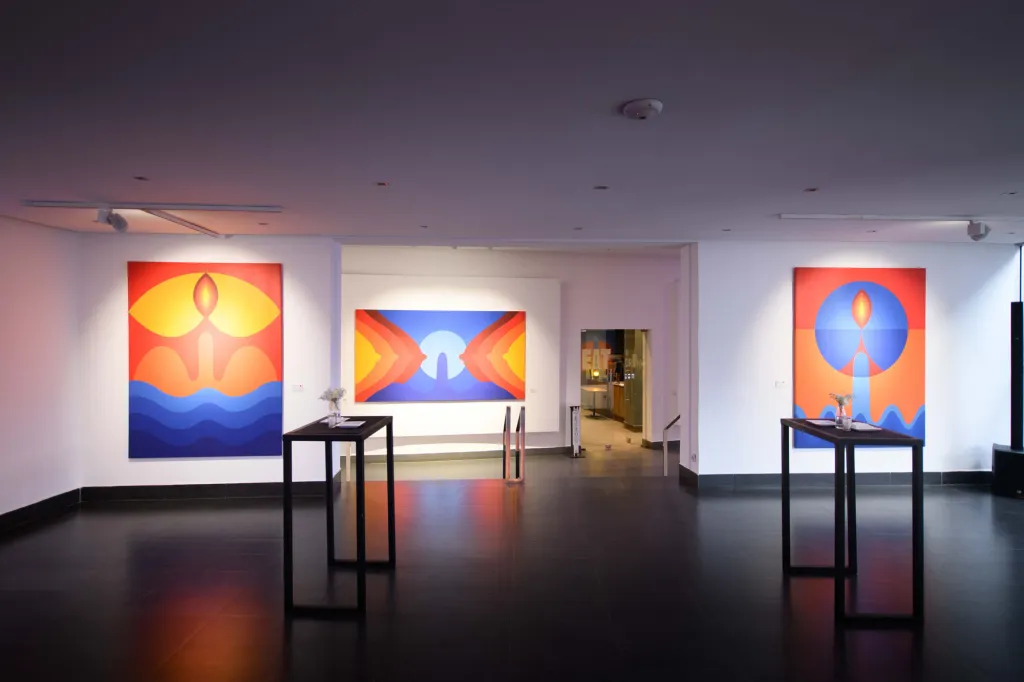Moroccan modernist painter Mohamed Hamidi has died at the age of 84, according to the Barjeel Art Foundation in Sharjah’s Instagram page. No information on cause or survivors was given.
Known as a founding father of Moroccan modern art, Hamidi was born in Casablanca in 1941 and attended the School of Fine Arts of Casablanca before moving to Paris in 1959. There, in 1964, he earned a teaching degree in Monumental Art from the Ecole Nationale Supérieure des Beaux-Arts de Paris.
Hamidi’s return to Morocco in 1967 followed Morocco’s independence from French rule in 1956 and coincided with an attendant cultural renaissance—in everything from fine art to graphic design—that fused modernist ideas with the particularities of Moroccan culture. In 1969, he participated in the groundbreaking exhibition “Manifesto” at the Jamaa El Fna Square in Marrakech along with artists Farid Belkahia, Mohamed Chabaa, and Mohamed Melehi, who, beginning in 1964, had been remaking and “democratizing” the Casablanca School’s curriculum.
At the forefront of an emerging national avant-garde, the school—where Hamidi himself taught from 1967 to 1975—nurtured a new generation of socially engaged and forward-thinking Moroccan artists, using experimental methodologies that included studying traditional arts.
In 1967, in response to a questionnaire by the Moroccan magazine Souffles, he wrote: “Indeed, we must fight against a prejudice that weighs on the whole of the Third World, a prejudice that insists on seeing in the Third World art only an expression of primitive man.”
Comporting with this belief, Hamidi founded the Moroccan Association of Plastic Arts in 1972, cementing the relationship between Moroccan artists and other Arab artists of the time through meetings in Baghdad, Tunis, and Algiers.
Although Hamidi’s work centered around the body, his paintings were largely abstract, incorporating curving lines characteristic of Casablanca School artworks, motifs inspired by traditional Maghreb crafts, and intersecting geometric shapes in warm, solid colors that did not delineate the human form but suggested a distinct eroticism.
Reflecting an increased interest in postcolonial African and Middle Eastern art, Hamidi’s work, along with the work of his cohorts in the Casablanca School, had gained growing attention in recent decades, with two of his paintings being acquired by the Centre Pompidou in 2019.

